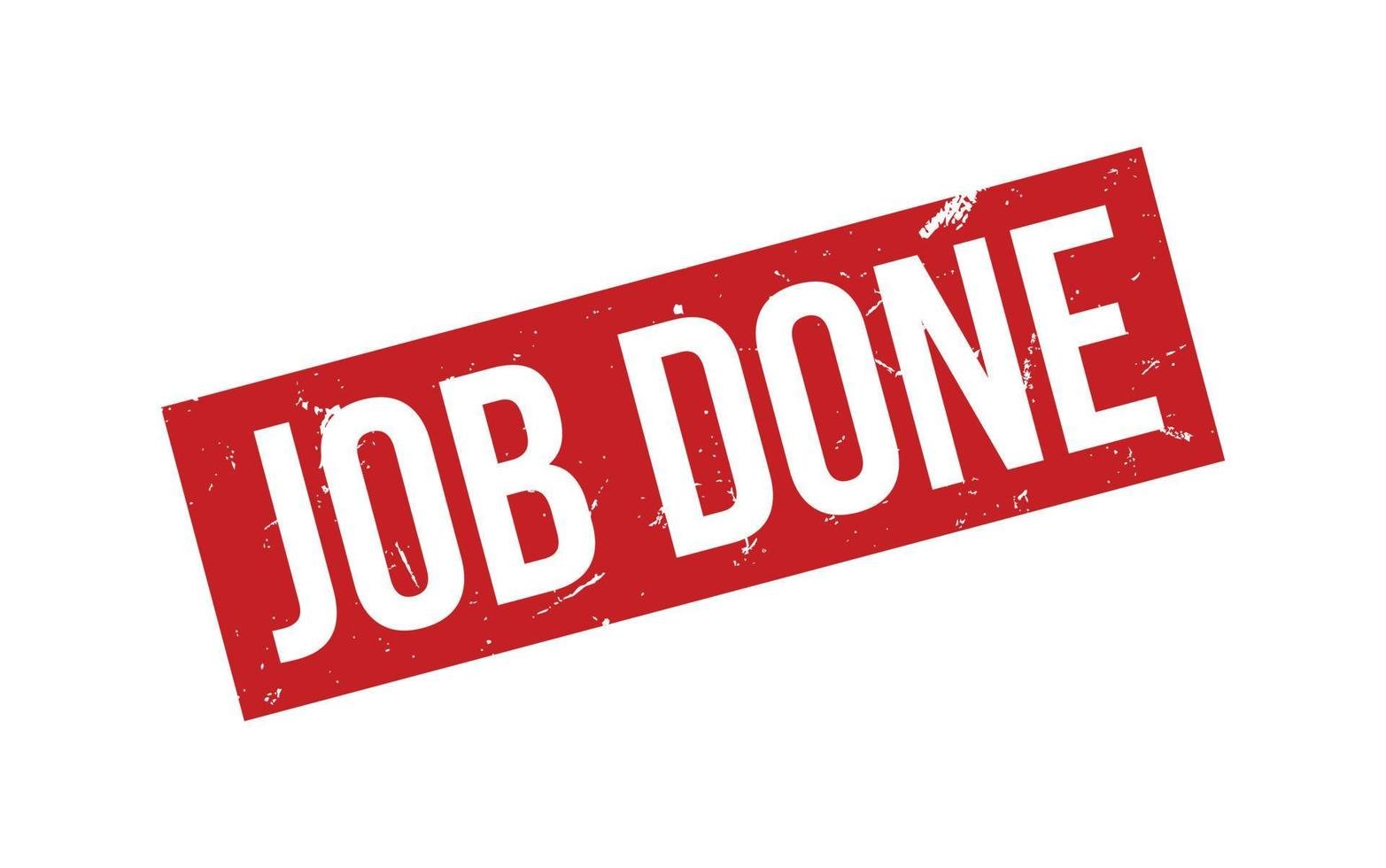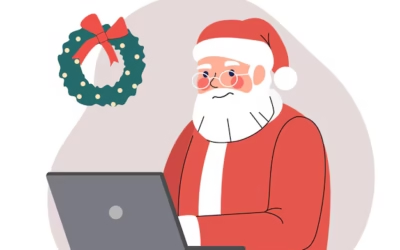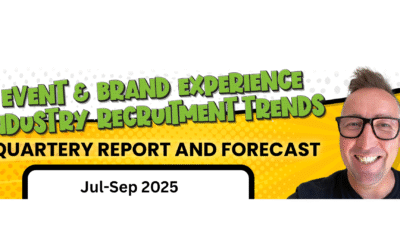Great people notice how you hire. If you cancel late, drift through a “chat,” then kick them into a fourth round in order to meet everyone in the business, then they’ll assume your leadership makes every decision that way. If you’ve done the front-end work with a real brief, clear job spec, and proper screening, then all you will need is a chemistry meeting, and a ‘one and done’ interview.
Chemistry Isn’t the Interview
A chemistry session is not an audition and it’s not HR’s territory. It’s a 30-minute, two-person conversation to answer one thing: can we work together without killing each other?
Ideally, a chemistry meet should have two people interviewing – one talks while the other listens. Solo chemistry sessions can skew the results because they are too reliant on vibes and mood; hangovers, bad days and even big wins distort personal judgement.
The candidate’s line manager should be present in chemistry and in the final interview. HR/recruitment can handle pre-selection, assessment and shortlisting, but the person who will manage the hire must be in the room and have the final call.
You need some baseline questions for every candidate. Use the same two or three, every time, so you don’t drift into likeability hiring. Try:
“From what you know about the role, where would you need the most support?”
“What are you most looking forward to delivering in your first quarter?”
Ask them like a colleague, not a gatekeeper. Chemistry sessions are two-way by design; they are interviewing you as hard as you’re interviewing them. Be ready for and prepared to answer symmetry questions – such as: Why are you hiring? What will be the biggest challenge in the first 90 days? Why would I leave where I am to come and work for you? If that line of questioning makes you feel awkward, you’re not ready.
One and Done Means One Live Decision
Stop spreading judgement across four panels, three weeks and two people who were “on holiday.” If the stakeholders who matter aren’t in the room, rearrange the meeting; don’t punt the decision to a recording no one watches until next month.
Put all the “big cheeses” in one room. Define your stakeholder set upfront (HR, line manager, C-suite) and name the decision-maker. Governance first; then process. The line manager’s view should carry the most weight because they live with the outcome. If your organisation won’t operate that way, then agree in writing who has the casting vote before you see anyone.
Use a relevant presentation – no free work, no fake briefs. You’re not fishing for a 12-month marketing plan or unpaid strategy. You’re testing how they think. Examples that work could include:
“Walk us through your thought process when you pick up a new brief.”
“What would your sales cycle look like for our product/service?”
“If you got the job, what are the first three things you’d do and why?”
Judge the thinking, not insider knowledge. Candidate A might not know your internal quirks yet, but if their logic is sharp and their priorities are sound, that beats Candidate B who flatters your language but shows no original thought. If you can’t make a decision after that session, something is broken: your proposition, your spec, your screening, or your governance.
Online Professionalism
The move to Teams/Zoom hasn’t just made hiring faster; it’s made too many people sloppy. My advice for online interviews is:
- Be on time. You wouldn’t cancel when the candidate is sat in your reception. Don’t do it five minutes before a video call because your email pinged.
- Be present. Candidates can see your eyes looking at LinkedIn reflected in your glasses. Turn notifications off. Close tabs. Put the phone away.
- Set a professional frame. Neutral background, decent light, appropriate dress. You are the brand in that moment; act like it.
Remember the multiplier: people tell six others about a bad experience and two about a good one. In tight industries like ours, that reputation spreads across LinkedIn, Glassdoor and even through the WhatsApp groups you’ll never see.
Likeability Hiring Kills Performance
Chemistry is not “do we like each other?” It’s “can we operate together?” In hybrid teams, you might only see each other two days a week. That’s fine if the person is brilliant and communicates clearly and if you set expectations with the team about styles, pace and feedback.
The job spec should cover about 60% of the job (skills, outputs). The remaining 40% is the reason they’ll still be with you next year: motivations, manager match, speed of decision-making, appetite for blunt feedback, tolerance for ambiguity. Measure that 40% deliberately. That’s Fitability®.
Stop Interviewing the Internet
Because online scheduling is “easy,” some teams now run ten chemistry calls in a week. That’s not rigour; that’s avoidance. If your proposition is sharp and your screening is tight, you need three to five chemistries, tops; then two to three turn into one-and-done interviews. Volume is a symptom of a fuzzy brief.
Ask Only Questions That Change the Decision
If the answer won’t change your call, don’t ask it. Ban the generic “Tell me about your leadership style.” Try: “We move fast and feedback is blunt, talk me through a time you thrived in that and a time you didn’t.”
The One-and-Done Guide
- Set governance first. Name the stakeholder group and final decision-maker. Write it down. Agree that the line manager attends every candidate interaction.
- Tighten the brief. Define success, deliverables and constraints. Split the spec 60% skills / 40% Fitability® (pace, feedback style, ambiguity, travel, office norms).
- Do the pre-work. Screen properly. Read the CVs. Use your network. Shortlist only genuine
- Run a real chemistry session – two people, 30 minutes, same baseline questions for all. Invite tough questions from the candidate. HR/recruitment can join but they shouldn’t run it.
- Design the one-and-done interview. A single session with all decision-makers present. Candidate presents a relevant prompt (their thought process on a live-ish problem; “first three things” in the role; their sales cycle). No free work, no fake brief theatre.
- Score the thinking. Evaluate the clarity of their problem framing, prioritisation, assumptions, communication and Fitability®. Capture evidence, not adjectives.
- Decide in the room. If consensus isn’t possible, the named decision-maker calls it. If you can’t call it, pause the hire and fix the issue causing the dithering.
- Be prepared. When candidates ask “Why would I leave where I am to work for you?”, answer with specifics (you could mention promotions, retention, development, NPS, renewal rate). Precision is persuasive.
- Protect the brand. Be punctual, prepared and present. Cameras on, distractions off, with a professional setup. Your behaviour is the candidate experience.
The Standard
If you’ve done the front-end right, you don’t need three interview rounds, two tasks and a month of diary juggling. You need one honest chemistry meeting and one decision-worthy interview with the right people in the room. If you can’t make the call in that meeting, then don’t recruit yet.






